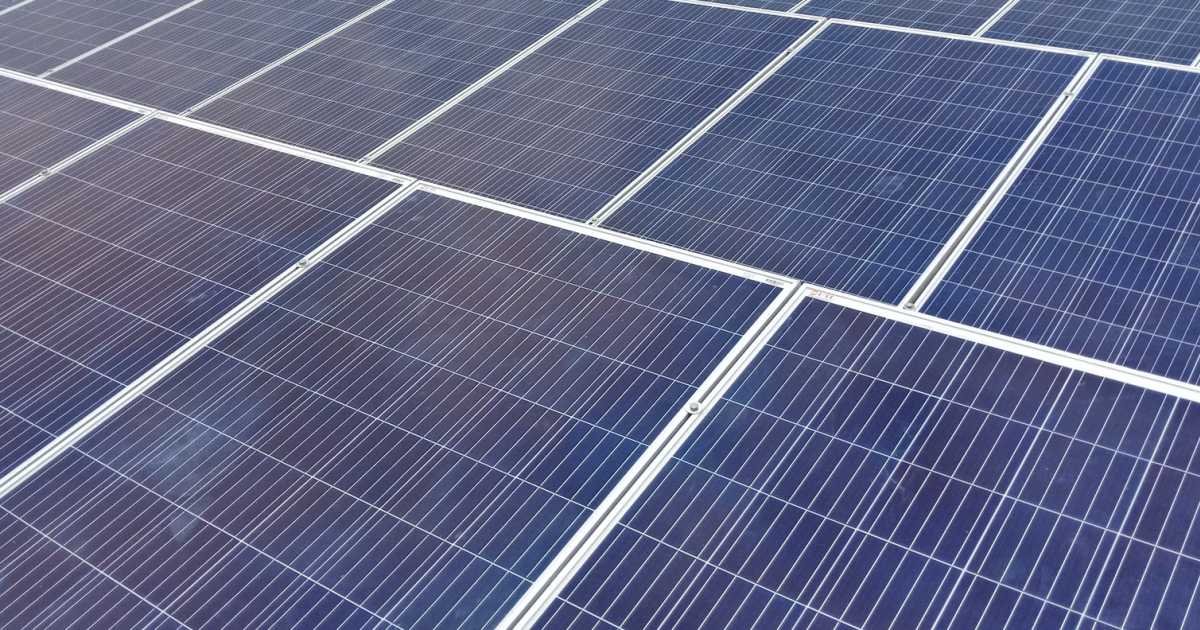A New South Wales Government initiative has awarded $7.4 million to projects seeking to divert solar panel and battery system waste from landfill.
The issue of decommissioned and end-of-life solar panels and batteries isn’t up there with biggest challenges facing Australia, but it’s one that will creep up on us as more solar power systems reach end-of- life.
While good quality solar panels will last for decades, it won’t be all that long before those decades are up for some early installations. Added to that is crap solar installed in Australia failing prematurely, the evidence of which has already been seen in landfills across the nation. Another issue is installed panels that may still have years of service life left in them being removed to make way for solar system upgrades. Perhaps there’s potential for a local second-hand solar panel market.
The $10 million Circular Solar grants program’s Phase 1 funding awarded more than $2.1 million for related projects last year. This second round – applications for which closed in November 2021 – covered three streams:
- new infrastructure and expansions
- research and development for reuse, second-hand or refurbished items and market development for recovered materials
- collection and recovery logistics
Circular Solar Grants Phase 2 Beneficiaries
Five organisations scored a guernsey this time around, being:
- PV Industries: $2.3 million to support scaling up its recycling technology and construction of a new solar panel and battery recycling facility to be built in Bankstown, Sydney. The facility will process up to 8,000 tonnes per year.
- Tes-Amm Australia: $1.9 million to build a new lithium-ion battery recycling facility in Sydney’s Fairfield area. This facility is expect to process 800 tonnes of home batteries annually.
- Scipher Technologies: $1.7 million for the construction of a solar panel recycling facility in the Albury area aiming to process up to 2,000 tonnes per annum, with the recovered materials going back into local markets.
- Blue Tribe: $400,000 to investigate the development of processes for diverting still-functioning solar panels from landfill for reuse in community solar gardens. Potential waste diversion: 10,000 tonnes per year by 2030.
- University of New South Wales: $1 million to complete its research and development work relating to a prototype recycling technology that can recover valuable materials from solar panels.
Among the above, Blue Tribe was also a beneficiary in Phase 1 of Circular Solar, receiving $217,800 for a trial of second-hand solar panels for a community solar project, and looking at the feasibility of marketplace for such panels. PV Industries also scored close to a million dollars in Phase 1.
Commenting on the initiative, Minister for Environment James Griffin said:
“While the amount of solar panel and battery storage system waste is low at the moment, we want to make sure New South Wales is ahead of the curve with innovative ways of managing this emerging waste stream.”
Good on NSW for doing so and hopefully some real winners will emerge from the cash splash to have made it all worthwhile. But prevention being better than cure, greater focus on avoiding crap solar would be beneficial too.
According to the NSW EPA, it’s forecast 3,000 – 10,000 tonnes per year of PV and battery waste will be created in New South Wales by 2025, increasing to 40,000 – 71,000 tonnes annually by 2035.
National Recycling Scheme Design?
The issue of handling solar panel waste isn’t confined to New South Wales. At a Federal level, responsibility is being placed on the industry taking appropriate action rather than offering grants to other parties to deal with it – although the former will benefit from the latter.
Then-Federal Environment Minister Sussan Ley put the industry on notice in June last year that an industry-led nationwide scheme design for dealing with solar panel waste must finalised by this month, and the scheme to be operational by June next year. It was a big-stick tactic that created some head-scratching given the Clean Energy Council indicated it had previously worked with the Federal Government to develop a comprehensive, nationwide plan – and the Feds walked away from the partnership.
With Australia now under new management (as Chris Bowen put it) and a new Environment Minister (Tanya Plibersek), the current status of the plan/scheme design isn’t clear.


 RSS - Posts
RSS - Posts



Speak Your Mind